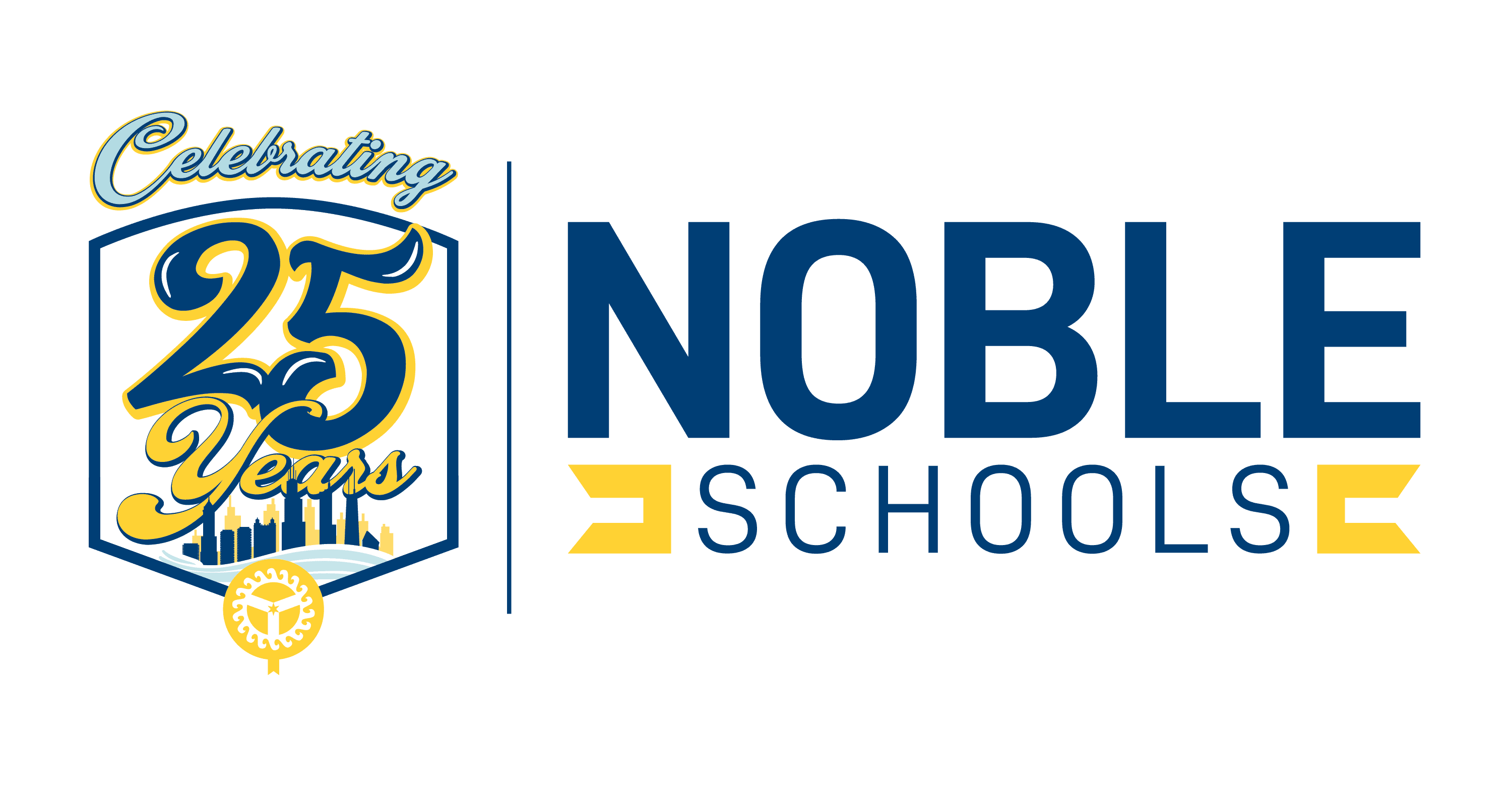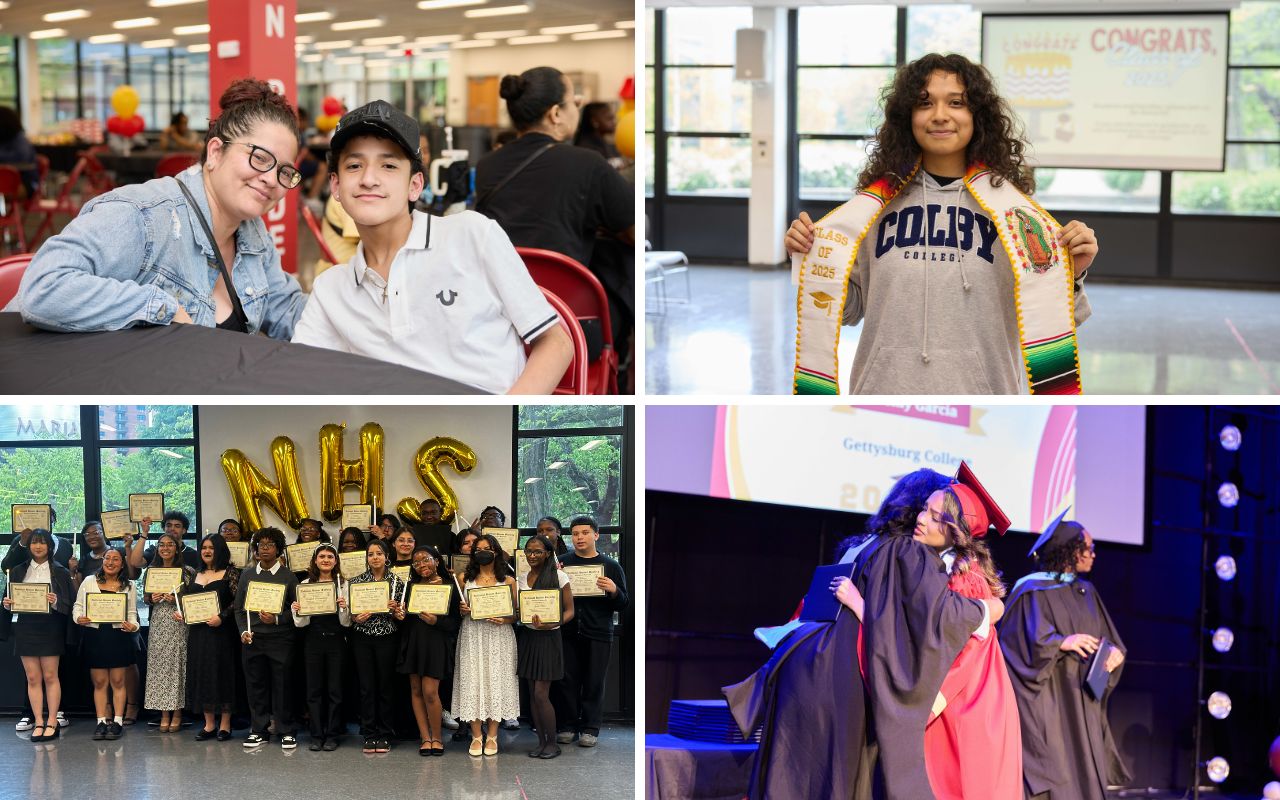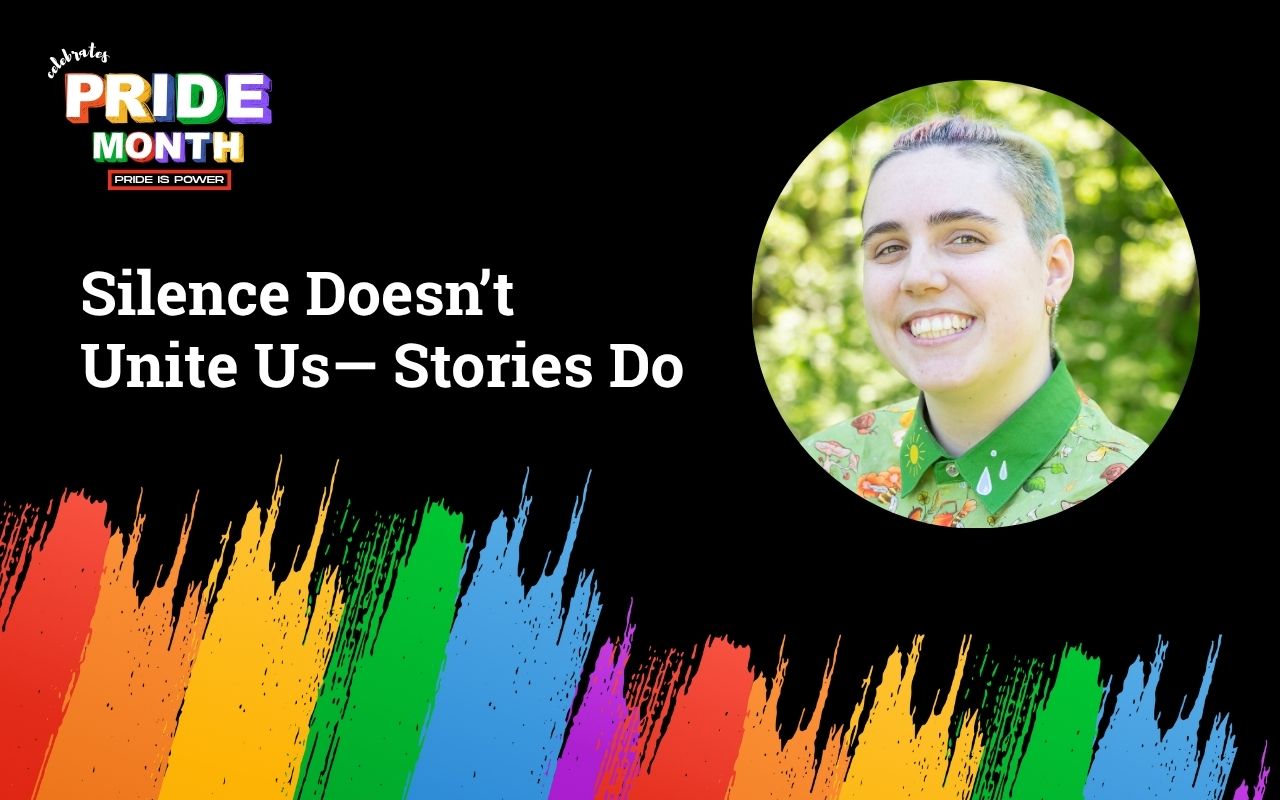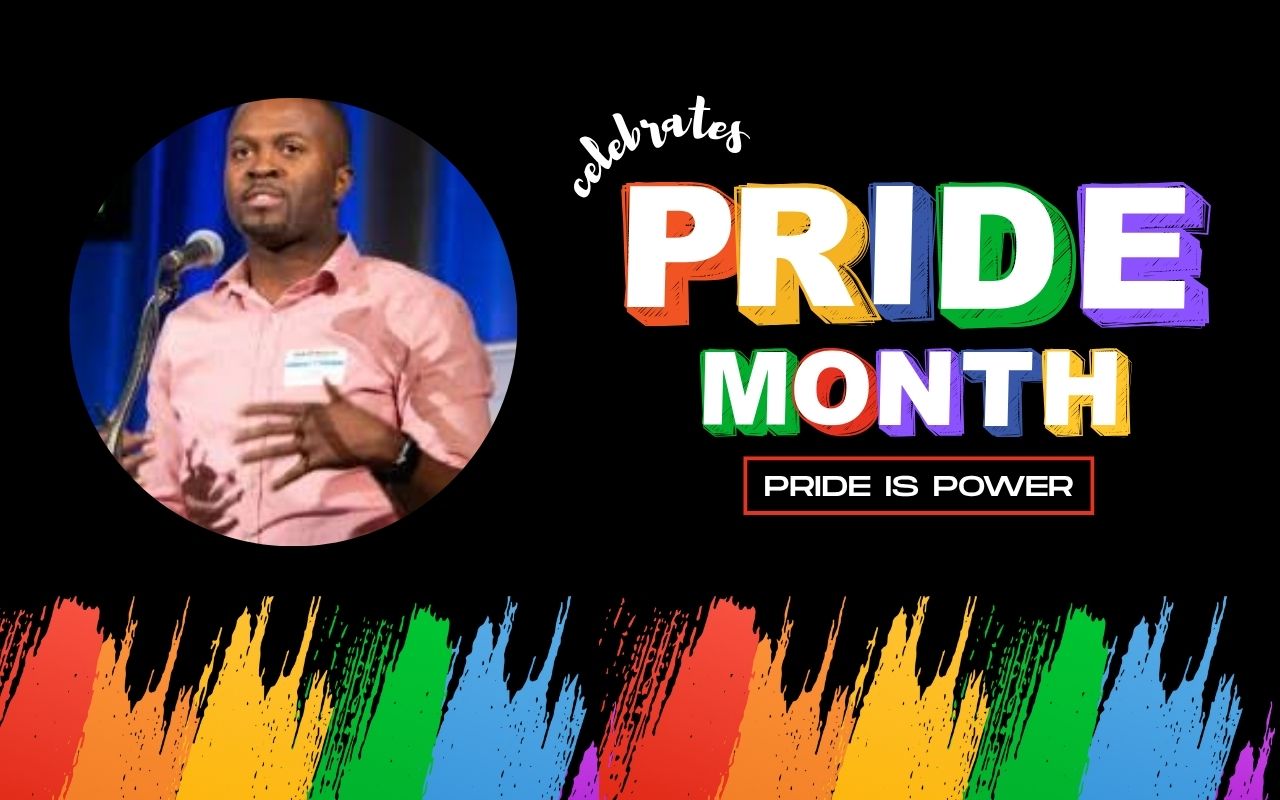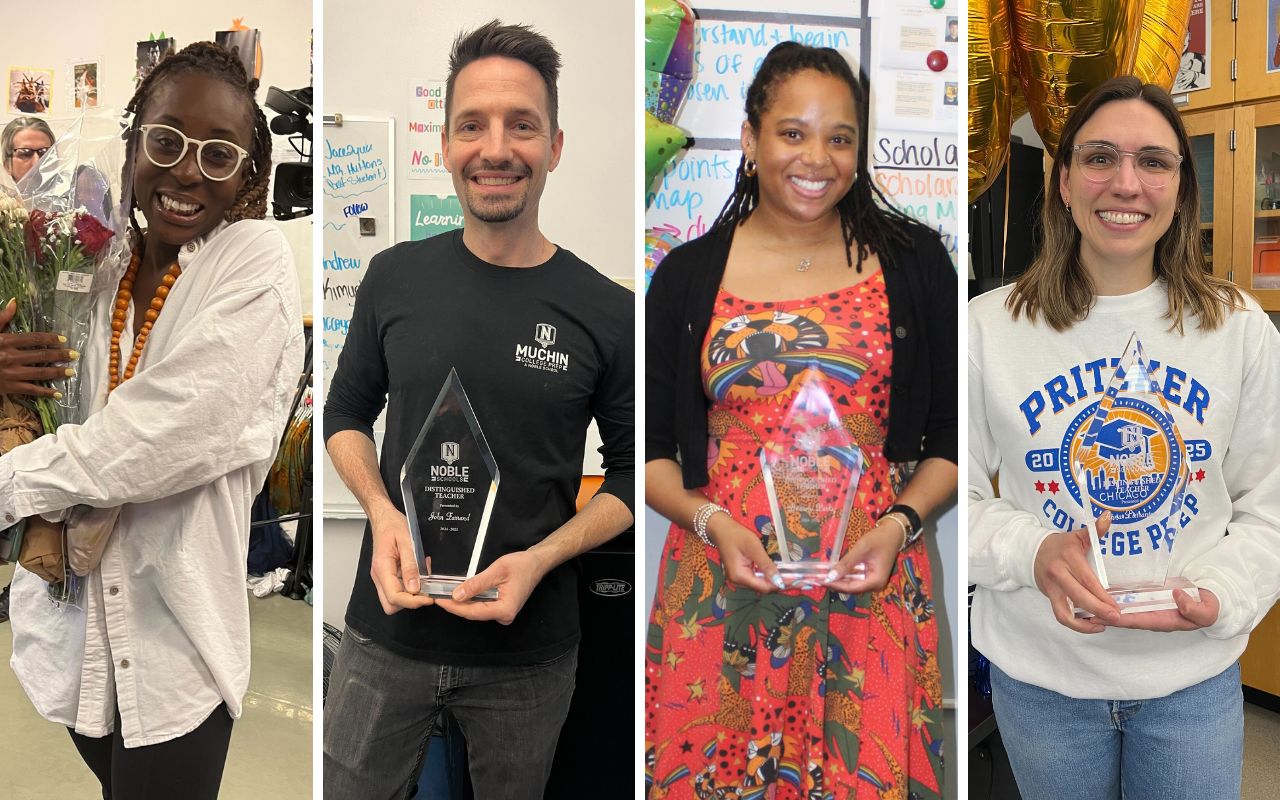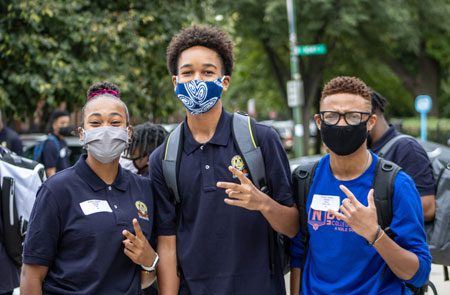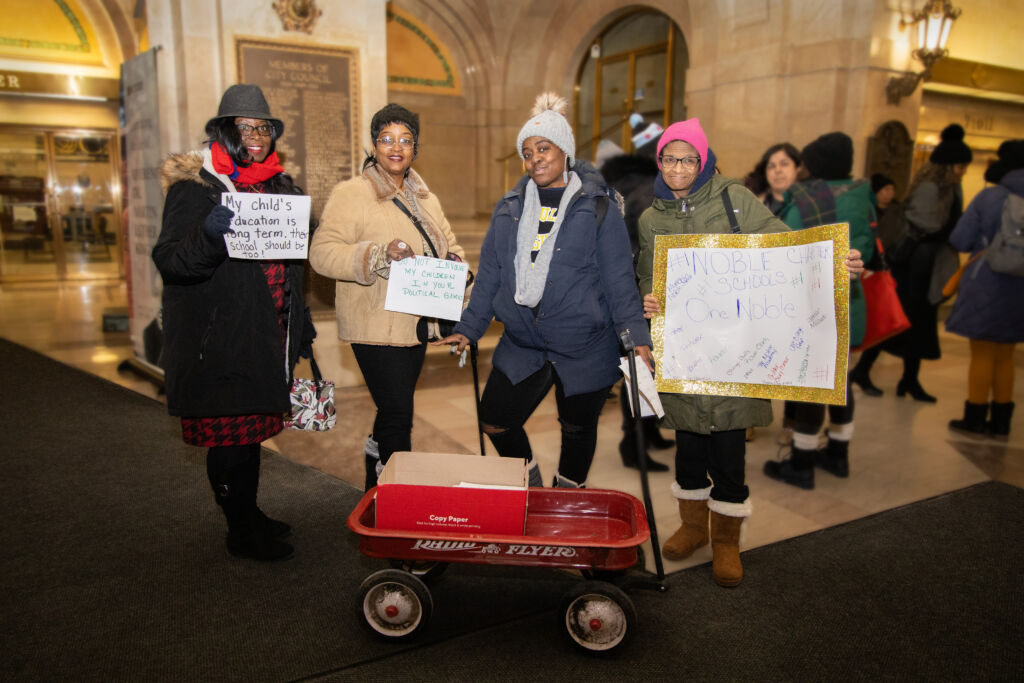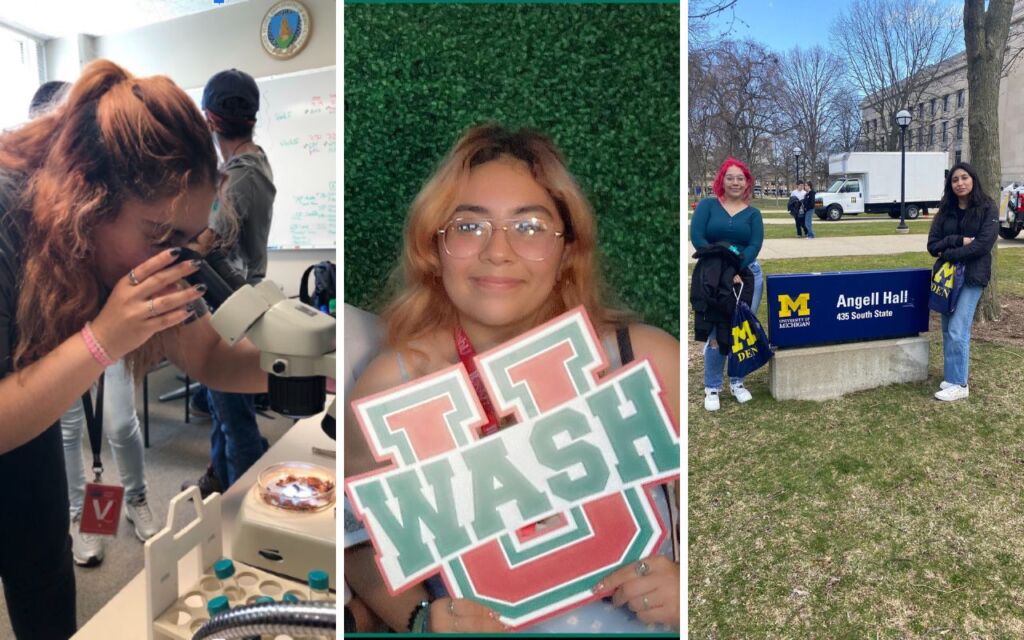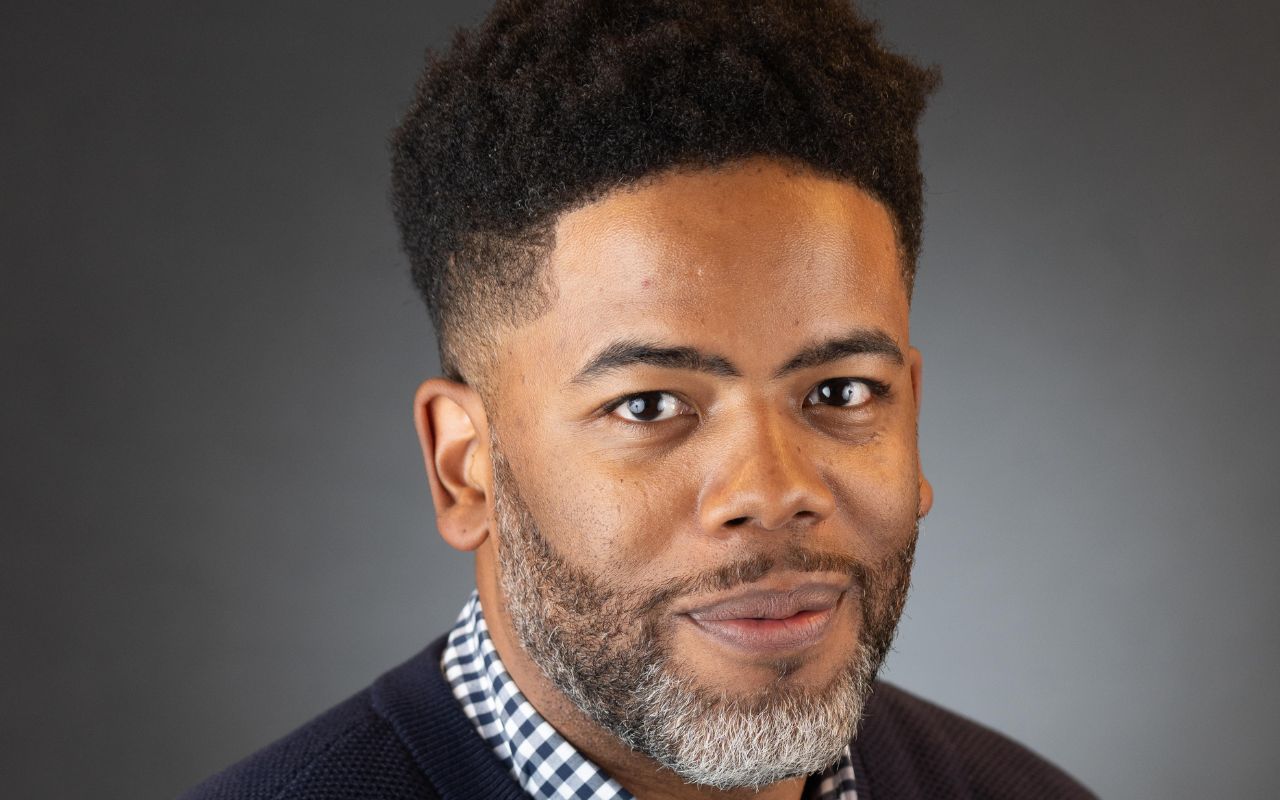
This year, the theme for Black History Month is “African Americans and the Arts.” Across the nation, people are celebrating and uplifting Black artists and their profound contributions to all artistic disciplines—from visual arts to literature to music, from the powerful plays by Lorraine Hansberry to the unique musical stylings of James Brown.
Noble recognizes the importance of the arts for our students and how Black art history is inherently linked to a “broader discourse on Black students and education,” as Rashad Davis, a teacher at Gary Comer College Prep, shared in his note to the Noble community at the beginning of this month.
We sat down with one of Noble’s Black artists and arts educators—Justin Boyd, a music teacher and band director at UIC College Prep, to hear about his artistic and educational journey and his thoughts about Black music history and the importance of the arts. Check it out:
Q: Why did you decide to teach?
A: “As a professional musician. I spent a lot of time studying during my undergrad and grad programs. I always wanted to teach—just to share the knowledge I’ve acquired and be able to share my lived experience with students and give them the tools they need to have their own experience. That’s always been my main motivator—to help the next generation.”
Q: How did you first get into teaching?
A: “After I finished grad school, I got hired to teach at an elementary school. They hired me to do a Black History Month program. Once the program was over, they were like, ‘Hey, we really like you. You think you can stay for the rest of the year?’. And I was like, ‘Sure,’ so I ended up teaching at that school for a few years. Every time it comes around to Black History Month, I get excited because it’s something I identify with, and it was my lightbulb-on moment for teaching—like, ‘Oh! I could do this. I can teach.’ So, it holds a special place in my heart.”
Q: Can you tell me about your artistic journey?
A: “I started playing music when I was probably five or six years old. One of my grandmothers bought me a keyboard and a drum set—my dad’s mom. Then, my mom’s mom would take me to church every week, so I started performing in church when I was five years old, playing drums every week. That was the start. From there, I continued to play pretty much all of my life.
When I was a freshman in high school, I moved to Columbia, South Carolina (I’m from Chicago), and I attended one of the best high schools in the state of South Carolina that just happens to have one of the best bands in the state. So there, I learned a lot about classical music, drumline, and marching band. Playing in churches was more spiritual and more equated to R&B and jazz. Drums were my primary instrument, but learning how to play marimba, xylophone, and timpani just opened me up to music.
After high school, I went to Columbia College for a little while, and that’s when I got into jazz real heavy. I went on my first tour when I was like 18 or 19, and we went to Europe and played over in Italy for about a week. That experience—that’s when I was like, ‘Man, this is what I want to do for the rest of my life.’ After that year , I interned with a music producer and learned how to engineer and produce. From there, I played with all different types of people locally; I’ve toured with a few different acts, playing the drumset. I’m actually on a couple of recordings playing classical music, too. For about four or five years, I focused mainly on performing, producing, and teaching in my private studio.
Once I started my family, I decided I should try to stay local, so I went back to college and finished at UIC. As soon as I finished at UIC, I went straight to DePaul for my master’s studies.
I then taught in elementary schools. I would teach a few classes at one school in the morning, then play in the evening, or I would teach in the morning at one school and do an after-school program at another school. I was looking for somewhere I could be full-time and not be running around all the time, so this opportunity came . It seemed like a good fit, so I applied, and I got it. I just came up on my two-year anniversary at Noble.”
Q: Did you do anything with your students for Black History Month?
A: “Yeah, so, in General Music, we’re studying Black music, which entails jazz, R&B— I mean, basically every type of American music. After we finished a unit on melody, we went straight into the history of jazz and all the music that evolved out of it.”
Q: What comes to your mind when you think about the national theme for this Black History Month of “African Americans and the Arts”?
A: “One thought that I wrestle with all the time is our students, whether they identify as Black or not, should be aware of the contributions of Black people in America to all the arts. Especially with today’s music, I think it’s good to have balance; our students need to have a healthy diet of musical choices and just to see Black people doing different types of things. So yeah, I always get excited about because it’s an opportunity to highlight Black artists not in the mainstream and to highlight things people have to go through in history just to create art. It gives the students the opportunity to think about what they really have.”
Q: What’s one piece of Black music history you always carry with you?
A: “Florence Price. She lived in the early 1900s. She was one of the first Black women to write classical music. She moved up here and wrote some pieces for the Chicago Symphony—she was the first Black woman to do that. So, I did a lesson about that. At the end of last year, I took some students down to the University of Illinois Urbana-Champaign to see a concert; the last piece that was played was one of her pieces. And one of the students was like, ‘Oh man, Mr. Boyd, you just taught us about her.’”
Q: Why are the arts important for the world and your students?
A: “I think arts are important for the world because art is in everything. I’m sitting outside this pizza place right now, about to go get a pizza, and I’m looking at the decorations inside of the place. That’s art. When I walk in, nine times out of 10, there’s gonna be some music playing; there’s also the color palette that’s in the actual establishment. Some artist has sat down and thought about all of that stuff and put it together. Art supports the world, for my students and people in general. But also for my students, at this age, art can be many things. It can be therapy. It can be a source of like-minded people. Art just makes the school a cool place. It can mean so many things to , so I think that’s important.”
Q: Why is it important to teach about the impact of Black artists worldwide?
A: “It’s important because I think, from my generation, we’ve learned a lot about white art. I mean, it was cool, like, if you’re open to it and it works out for you. But for students now, seeing themselves in the arts or the curriculum is important so they can have a cultural connection and a sense of self-worth. It adds to them not thinking negatively. One of the things that I sort of struggled with with Black History Month is the story of, like, ‘Oh, all y’all was slaves’ and just that whole dialogue. When we highlight positive things, accomplishments, achievements in art and literature, politics, business, and creativity, it just tells another story.”
Q: What would you like to be true for Black artists today?
A: “I think the diversity of Black artists should be amplified. There are Black artists in every genre of everything—and that’s not necessarily championed or known. I just want people to be okay with, like, maybe you might be Black, and you sing opera. You know, that’s okay. You may be Black, and you make punk rock. That’s okay, too. I just want people to embrace the diversity of the things we are involved in and be open-minded to all possibilities.”
